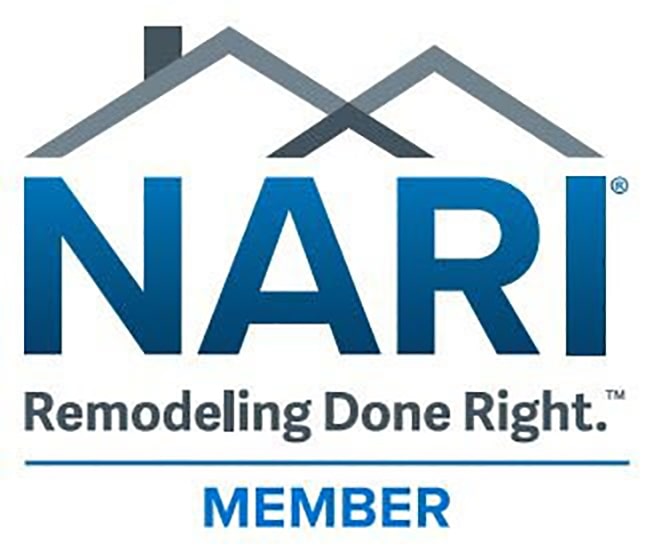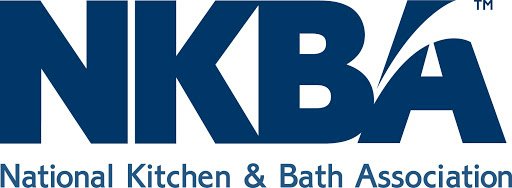What goes up must come down. When it comes to home repair, it’s easy to momentarily forget physics in exchange for a desire to do something quickly. For example, you may notice chipped paint on the ceiling, a hanging shingle from the home roof, or a light bulb fixture in need of repair atop a high corner of a room.
It’s easy to mistakenly opt for a rusty old ladder rather than something more practical (and a lot more safe) like a scaffold. When ladders are ‘not enough’ to complete the home –repair equation, it’s time to bring in the scaffolding. Yet, before you start climbing, read the following FAQs.
What is a Scaffold?
Scaffolds are large, flat working areas used by painters, engineers and other workers to address a bigger area of space, effective for longer projects. Since equipment, workers and enough space for optimal safety are hosted on scaffolds, it’s preferred over extension ladders.
What Size?
Scaffolds can be modified to fit the need and requirements of a specific job. Additional sections can be fit to a frame so workers may work on several floors of a house, building, etc.
Why Are Scaffolds Safer?
Scaffolds offer more area as well as bars to encapsulate workers and equipment so it’s a lot less likely to slip or fall during work. When using a ladder, aside from addressing the job at hand, users are often limited to movement and area due to needing to maintain balance as well. Scaffolds free their hands and feet so workers can be more efficient.
What Size Is Ideal for the Home?
Speak to ahome maintenance vendor or provider of scaffolds to secure an entity optimal for proposed use. Make sure you’re provided with base plates and a guardrail for safety. Additional screws and platforms can be placed down to level uneven ground surfaces.
What Are Some Common ‘Rookie’ Mistakes
Like using any tool or device, there is a learning curve. Yet, mind the following details as not to make common rookie mistakes. For example, you may have several areas of the home or building to address, needing to roll the scaffold to another place. Be sure to avoid power lines as well as clear the scaffold of tools (and people) before moving. It’s suggested to get at least one other person to help you move as not to get in awkward situations, having to ‘force’ the scaffold forward, jeopardising your safety.
Also, after moving the scaffold and climbing back atop, ensure the casters, the locks on the wheels are in place. It’s common to be steps ahead, especially when rushed, yet don’t lose focus when using scaffolds and tools. Describe the job to a professional when you need scaffolding; you don’t want to forget an integral safety element or that needed to complete the job.
Does it Come Assembled?
Delivery and assembly depend on the nature of the job, size of scaffold, and number of levels needed. Ask specific vendors about suggestions and ways to optimise a given scaffold for to-be home projects .
Couldn’t I Use My Own Planks with Provided Metal Frame?
No! Don’t be tempted to ‘cut financial corners’ creating a do-it-yourself scaffold. That’s worse than using a rusty old ladder for the project. Be sure to use all the proper equipment as well as discuss ‘how’ you’ll be using the scaffold with your vendor. You may find some ‘ideas’ you have about what you can accomplish are not viable.
When ladders are not enough you have another option. Consider the time saved, safety improved, and efficiency of job augmented by the home repair implementation.
About the author:
Zane Boothman has a large apartment building that needs constant window washing, so he knows the value of good scaffolding. You can find his DIY and home improvement articles sprinkled all over the web.














